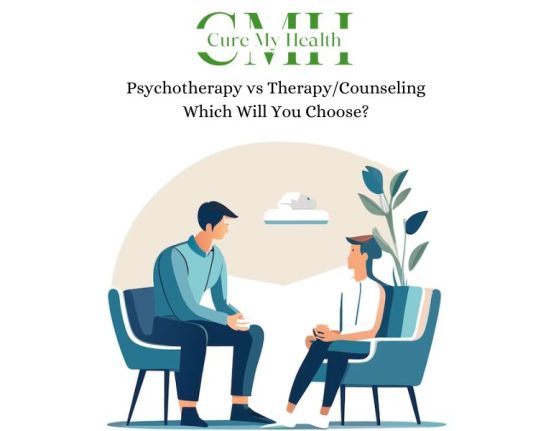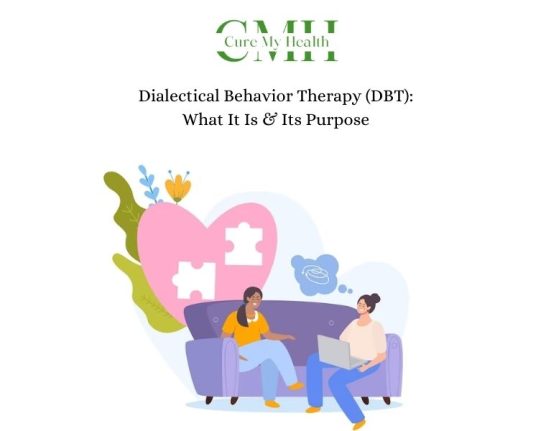What is Reminiscence Therapy?
Reminiscence therapy (RT) is a type of therapy that involves recalling the past events, people, and places from their past. It is also known as review therapy which is used for critical memory loss or dementia. RT is used for encouraging people to recall moments from their previous history.
In this psychology therapy, therapists use a props simulation to spark past memories. For example, smells and sounds from a person’s history or past. Therapists take counseling in one-on-one or group settings.
This therapy aims to retrain people’ positive emotions which are associated with memories, simulate brain memory, as well as improve self-love, well-being, and fulfillment of patients with other memory disorders.
It goes beyond the recalling of nostalgic events or memories, encouraging patients to improve communication and interact with a good listener in the present. It uses some complements techniques for producing therapeutic framework such as:
- Cognitive behavioral therapy (CBT)
- Problem-solving therapy
- Perfect narrative therapy
- Art therapy

Benefits of Reminiscence Therapy
Research has shown the positive effect of reminiscence therapy. This helps to improve the memory and brain functions. Dementia or memory disorders are people treated by RT therapy. Reminiscence therapy is more effective than other types of psychology therapy.
Here are the benefits of reminiscence therapy:
- It helps to improve mood and behavior.
- Improved well-being in affected people with dementia.
- Improved cognitions.
- It creates less stress for patients or caregivers.
- Gain high confidence.
- Help to suppressed depression
- Build a better connection between your loved one.
- It helps to create self-worth, purpose, and self-identity.
- It decreases isolation and helps to promote socialization.
How Does Reminiscence Therapy Works?
A reminiscence therapy sessions are based on discussions of past memories with a certified therapist using probes and objects to retrain memories and help to simulate conversion. These sessions covered one -on-one, formal, informal, and group settings.
RT uses sensory stimulation through voice, movement, smell, vibration and delicious food to recover past memories. For example, vocal reminiscence is supported by a probes which have a special meaning such as:
- Novels
- Video
- Picture
- Personal settings
- Some household items
- Other objects like magazines, letters, food, tickets, etc.
In terms of best conversations, try to avoid short term questions( Did you take breakfast ?) and yes/no questions. Instead of it use open-ended comments and descriptive questions. At this moment, be non-judgemental, empathic and aware when your memories come back. It may create both a variety of emotions like good or bad. Here is advice to use redirection when patients feel upset. Always listen carefully, smile and ask engaging questions. At this time sit close to your patients so they can see your reactions, and speak clearly in-front of you.
Your Therapist may ask some questions while using reminiscence therapy including:
- Related to meal and holiday
- Best experience in first jobs, working conditions, bosses, colleagues, etc.
- Favorite markets, shop and most visited places,
- Kids and memories related to old houses.

Methods of Reminiscence Therapy
There are two primary methods of reminiscence therapy, according to research as:
- Integrative Reminiscence Therapy: In this type of therapy, patients accept negative events in the past and try to resolve conflicts. Their aim is to bridge between to sense what is real and what is an ideal for you which helps to recognize connection between past and present, and discover all the significance and what have value in their life?
- Instrumental Reminiscence Therapy: In this therapy, patients are asked to recall beautiful experiences in which they acted efficiently and how they took control in a difficult environment. In these cases, individuals recollect goal-oriented coping plans, activities and methods that they used prior to resolving crises in the past.
Types of Reminiscence Therapy
There are different types of therapy suggested by therapists:
- Simple Reminiscence Therapy: This type of therapy is used to recall past experiences. The whole process consists of four types of elements: selections, immersions, withdrawal, and closure. Research found that in most cases patients choose to recall their memory and self-evaluate their personal thinking and try to link it with memory. After careful discussion with therapists, patients withdraw from their memories and accept events in memory.
- Life Review Therapy: To recollect memories that cover the entire life span, the pleasure of reliving and recalling them, life review therapy is used. This reminiscence therapy involves considerations of life events and the integration of positive and negative life events in patients’ life stories.
- Life Story Therapy: This type of therapy is used for dementia or mental health issues. A therapist suggests reading life story books to help patients retrieve memories easily. The life story books are based on individual history, in chronological order with images, captions, and personal memorabilia.
How to Find Reminiscence Therapists?
For reminiscence treatment, search for a therapist who specializes in geriatrics. Therapists will be friendly with patients with dementia and diagnosis related to aging. IT can be a professional mental health provider with a variety of skills including social workers, nurse practitioners, psychologists, and licensed counselors. he/she one on only therapists who provide reminiscence therapy with positive enforcement, redirection and strategies.
If you have insurance benefits, you should understand what type of treatment gives you maximum benefits. If you are looking for how to find a therapist, start by using some online therapist’s directory.

Summing Up:
Reminiscence therapy can be an effective way to make a wonderful experience for patients and caregivers. With this help of therapy, you can improve the quality of life for patients who are suffering from dementia or other mental health issues. By engaging with reminiscence therapy, you can take the benefits of increased self-love, societal connection, sense, and purpose. This therapy offers one-on-one, verbal, nonverbal, and group settings through various techniques such as simple, life review and life stories techniques. Overall, reminiscence therapy is one of the most powerful therapies for increasing emotional well-being and social connections , preserving prior history, and offering improving quality of life in which they are involved.














